Curbside Classic: 1963 Pontiac Catalina – The Sexiest Big Car Of Its Time

The 1963 Pontiac was the very crest of the wave that swept the Excitement brand to glorious heights in the sixties. The upwelling first appeared out of seemingly nowhere in 1959. It continued to build momentum, year by year, but no one could have imagined how high it would peak in 1963. Anyone alive between the ages of five and eighty-five at the time remembers it well: the Pontiac waves seized the land, and one after another followed the ’63 until it died down again. The choice was to surf it, or be inundated. The latter mainly applied to the competition.
For the designers in the competition’s studios, the ’63 Pontiac was a deadly tsunami that washed up their handiwork on the beach like flotsam and jetsam. They all scurried to higher ground to redesign their cars in the Pontiac’s image, but killer waves can’t be created by so easily. It takes a seismic shift, and Pontiac somehow set one off.
Admittedly, the ’63 Pontiac wasn’t the most radically new car that GM’s divisions had to offer that year. The 1963 Buick Riviera and Corvette Sting Ray pushed the envelope further, but these were halo cars: a ’63 LeSabre or Impala had nothing in common with them. But at Pontiac, it was a different story.
Pontiac’s own 1963 halo car was the exquisite Grand Prix, and it’s all too apparent that the GP and lowest level Catalina share more than good intentions. There’s much more in common than not, right down to many of the details of that superbly handsome new face, the first to use the Pontiac trademark stacked headlights. That was the genius of Pontiac: for the price of a Chevy Impala, Ford Galaxie or Dodge 880, you could have a four door Grand Prix. Brilliant.
As is all too obvious, those bland alternative choices couldn’t touch the Pontiac’s deeply sculpted and original front end, never mind the rest of its handsome details. The ’63 Catalina exuded a poised confidence and sophistication that belied its price, which was exactly $100 more than a comparable Impala. What a deal, considering what else that one Ben Franklin bought: an additional one hundred cubic inches (389 vs 283), an inch longer wheelbase, and a million dollars’ worth of looks from the girls.
I know this from personal experience, despite being only ten at the time. My teachers were a couple of high school hot rodders across the street, who had a friend with access to a navy blue ’63 Pontiac rag top. When Saturday night came around, their perpetually half-finished greasy flat head Fords were abandoned for a good scrub and a night out in the Poncho. And I saw the results of their trolling when they drove by a few hours later packed to the gunwales with cheerleaders. The ’63 Pontiac was the consummate chick magnet; even a sedan would do in a pinch.
Although a four door hardtop like this improved the odds over the sedan still. God, what would I have given for my old man to come home with this instead of a stupid Fairlane. And for a measly $500 more, he could have. All right, that’s $3500 bucks in today’s money, but sheesh, just think how far that investment would have gone toward his children’s self esteem.
So who gets credit for the Pontiac’s million bucks/one hundred dollar face? One Jack Humbert, who joined Pontiac in 1959 and was in his mid-thirties. It’s hard to fake a youthful face, or know what will appeal to the younger set. Whatever it was, Jack had the magic. And he successfully transferred it to the mid-sized Tempest/LeMans in 1965, giving honest hard-working young Americans an even more cost-effective tool in the pursuit of their preferred sex.
That $100 premium over a Chevy also bought you genuine Morrokide, Pontiac’s trademarked and patented genetically modified vinyl upholstery that exuded irresistible male pheromones as well as resisted staining from…whatever. God forbid your parents got a sedan with the cloth upholstery; you were screwed doubly. This owner is carefully protecting his aging Morrokide for when he really needs it. A wise decision; the secret formula was lost long ago.
Or maybe it just petered out somewhere around 1970, by which time Pontiac had obviously lost its mojo. The big Pontiacs got increasingly flabby after 1965, and quickly lost their sex appeal. That got passed on to the junior Ponchos, and finally to the beaked and winged ’69 Grand Prix, which gave the ’63 GP a run for the money.
Let’s take another look at the ’63 and lose our objectivity in its seductive details. It isn’t just the brilliant front end that made it a classic. It’s imitators learned that to their peril. There was also that subtle but not insignificant bulging at the hips, both vertically and horizontally.
That first appeared in more vestigial form on the ’61s (above), a feature that set them apart and above from the rest of the GM brood. By 1963, the swelling was a bit more pronounced, and lent the Pontiac a dynamic quality that was utterly absent in the ruler-straight lines of almost every other car of the era.
It was a prescient feature, and one that GM would embrace with a passion in 1965: big hips were the Big New Thing. It had the unfortunate affect of making the big ’65 Pontiacs that much less unique, and contributed to their relative decline. All true new things must pass, but am I glad this particularly ’63 Catalina showed up one day, seemingly out of nowhere.
By 1965, the streetcape had changed in other ways too. After the ’63 Pontiacs appeared, the competition’s designers rushed back to their drawing tables and crumpled up whatever they had been working on for 1965 and started over – with one mental picture hovering in their imitative minds. The results were predictable, and most blatant with the ’65 Plymouth (top) and big Fords (bottom). Certain charms they may have (for some), but they failed to capture the poise, dynamism and elegance of their inspiration.
Pontiac rode its waves to ever increasing industry heights. After capturing the #5 sales position in 1959, it took number 4 in ’61, and the bronze in ’62. Sales continued to swell, reaching a heft one million in 1968.
Pontiacs exhibited signs of being mere cars from time to time, such as in their fragile Roto-Flow Hydramatics. But who cared about that anyway, especially then, as long as it got everyone home again before sunrise on Sunday? The ’63 Pontiac lived in the era of the Big Crush, one that Americans passed around to certain designated beneficiaries, like the Beatles and the Mustang. Like all emotions, the high of Excitement is intrinsically ephemeral. We savor it while we have it, remember the golden glow fondly, but let’s not speak ill of the vehicles of choice that got us there.

More by Paul Niedermeyer
Latest Car Reviews
Read moreLatest Product Reviews
Read moreRecent Comments
- Lou_BC I had a 2010 Ford F150 and 2010 Toyota Sienna. The F150 went through 3 sets of brakes and Sienna 2 sets. Similar mileage and 10 year span.4 sets tires on F150. Truck needed a set of rear shocks and front axle seals. The solenoid in the T-case was replaced under warranty. I replaced a "blend door motor" on heater. Sienna needed a water pump and heater blower both on warranty. One TSB then recall on spare tire cable. Has a limp mode due to an engine sensor failure. At 11 years old I had to replace clutch pack in rear diff F150. My ZR2 diesel at 55,000 km. Needs new tires. Duratrac's worn and chewed up. Needed front end alignment (1st time ever on any truck I've owned).Rear brakes worn out. Left pads were to metal. Chevy rear brakes don't like offroad. Weird "inside out" dents in a few spots rear fenders. Typically GM can't really build an offroad truck issue. They won't warranty. Has fender-well liners. Tore off one rear shock protector. Was cheaper to order from GM warehouse through parts supplier than through Chevy dealer. Lots of squeaks and rattles. Infotainment has crashed a few times. Seat heater modual was on recall. One of those post sale retrofit.Local dealer is horrific. If my son can't service or repair it, I'll drive 120 km to the next town. 1st and last Chevy. Love the drivetrain and suspension. Fit and finish mediocre. Dealer sucks.
- MaintenanceCosts You expect everything on Amazon and eBay to be fake, but it's a shame to see fake stuff on Summit Racing. Glad they pulled it.
- SCE to AUX 08 Rabbit (college car, 128k miles): Everything is expensive and difficult to repair. Bought it several years ago as a favor to a friend leaving the country. I outsourced the clutch ($1200), but I did all other work. Ignition switch, all calipers, pads, rotors, A/C compressor, blower fan, cooling fan, plugs and coils, belts and tensioners, 3 flat tires (nails), and on and on.19 Ioniq EV (66k miles): 12V battery, wipers, 1 set of tires, cabin air filter, new pads and rotors at 15k miles since the factory ones wore funny, 1 qt of reduction gear oil. Insurance is cheap. It costs me nearly nothing to drive it.22 Santa Fe (22k miles): Nothing yet, except oil changes. I dread having to buy tires.
- AZFelix 2015 Sonata Limited72k when purchased, 176k miles currentlyI perform all maintenance and repairs except for alignment, tire mounting, tire patching, and glass work (tint and passenger left due to rock hit). Most parts purchased through rockauto.com.Maintenance and repairs during three years of ownership:Front rotors and all brake pads upgraded shortly after purchase.Preparing for 17th oil change (full synthetic plus filter c.$50), one PCV valve.Timing & accessory belts, belt tensioner.Coolant full flush and change.Fibrous plastic material engine under tray replaced by aftermarket solid plastic piece $110.One set of tires (c.$500 +installation) plus two replacements and a number of patches due to nails, etc. Second set coming soon.Hood struts $30.Front struts, rear shocks, plus sway bar links, front ball joints, tie rod ends, right CV axle (large rock on freeway damaged it and I took the opportunity to redo the rest of items on this list).Battery c.$260.Two sets of spark plugs @ $50/set.Three sets of cabin and engine filters.Valve cover gasket (next week).Averages out to c.$1400 per year for the past three years. Minor driver seat bolster wear, front rock chips, and assorted dents & dings but otherwise looks and drives very well.
- 3-On-The-Tree 2014 Ford F150 Ecoboost 3.5L. By 80,000mi I had to have the rear main oil seal replaced twice. Driver side turbo leaking had to have all hoses replaced. Passenger side turbo had to be completely replaced. Engine timing chain front cover leak had to be replaced. Transmission front pump leak had to be removed and replaced. Ford renewed my faith in Extended warranty’s because luckily I had one and used it to the fullest. Sold that truck on caravan and got me a 2021 Tundra Crewmax 4x4. Not a fan of turbos and I will never own a Ford again much less cars with turbos to include newer Toyotas. And I’m a Toyota guy.
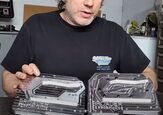
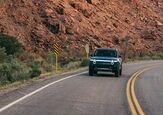

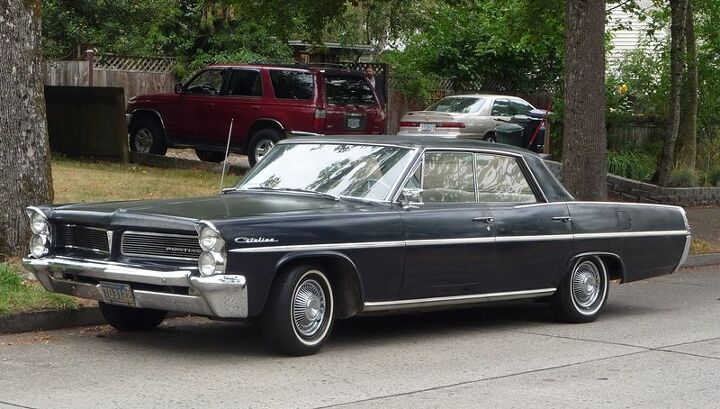

















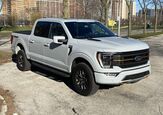







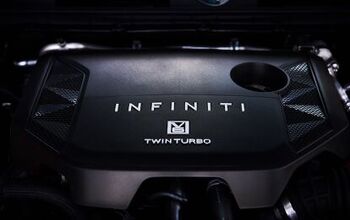
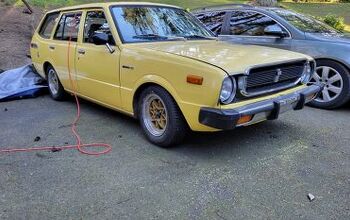

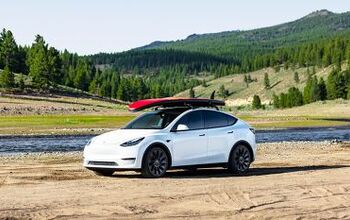

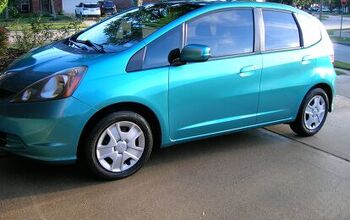
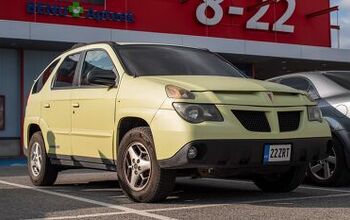

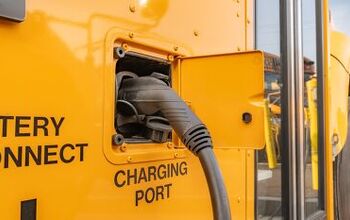

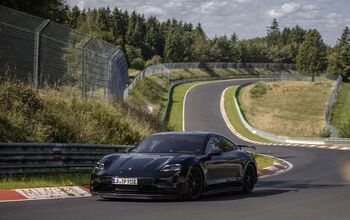
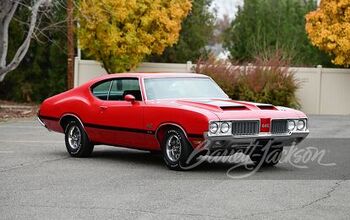
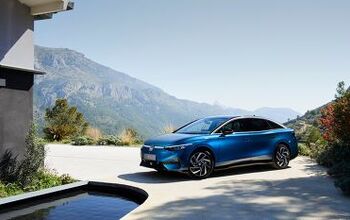

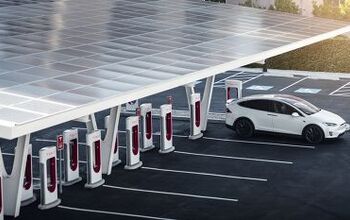
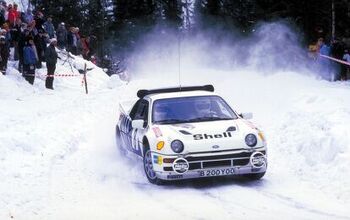
Comments
Join the conversation
Great story as always, and I love those big Pontiacs. My '64 Impala is also a four-door hardtop, and I love that crisp, well-proportioned roofline.
I LOVE me some '62 .